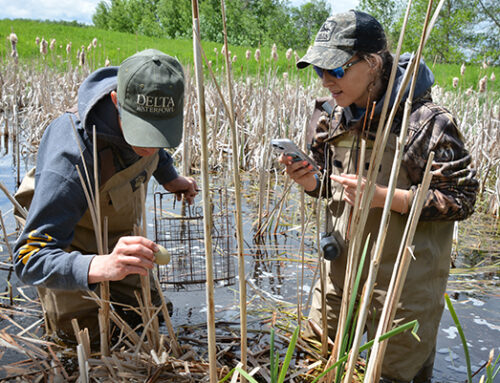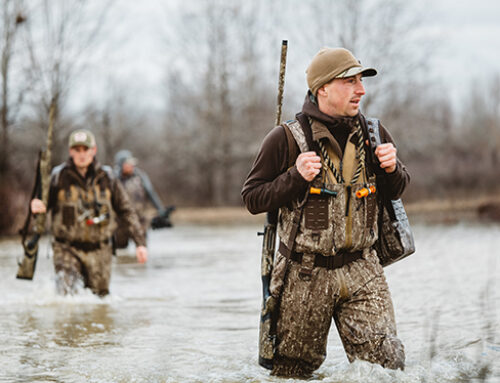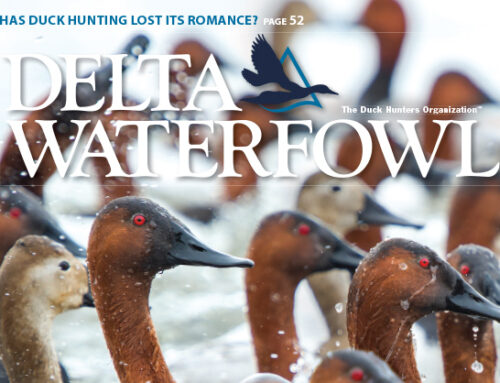The Next Farm Bill

Delta Waterfowl is working with Congress on behalf of ducks and duck hunters
By John Devney
You might wonder why you will hear so much chatter from Delta and other conservation groups about the Farm Bill during the upcoming months. From a distance, it could seem irrelevant to your passion as a duck hunter. So, let me explain why the 2018 Farm Bill is among Delta’s highest policy priorities.
The Farm Bill represents the single greatest investment in private land conservation in the United States. More than 90 percent of the duck production in the U.S. Prairie Pothole Region occurs on private lands. Farmers and ranchers hold the lion’s share of the acreage. As a result, duck populations — and your ability to hunt strong fall flights — is inseparably linked to what happens to duck habitat on working farms and ranches.
The conservation portion (Title II) represents 6 percent of total Farm Bill spending, which is a relatively modest percentage of the pie. Still, in the current version of the bill, that translates to an astounding $57.6 billion over five years. Targeted to private working farms and ranches, this funding is unrivaled in its ability to benefit ducks, and therefore, duck hunters.
The current Farm Bill expires in September 2018, so Congressional leaders are working to develop the next one. Delta Waterfowl is also working to ensure good outcomes for ducks and duck hunters in the new Farm Bill. Delta’s priorities include maintaining a robust and effective Swampbuster, increasing the Conservation Reserve Program acreage cap, providing new mechanisms for farmers in the wintering grounds to flood post-harvest crops and increasing access to private lands for hunters.
Delta Waterfowl is also leveraging the organization’s work on the Working Wetlands program in North Dakota (see “A Winning Solution for Farmers and Ducks” on Page 38 of the 2017 Delta Waterfowl winter magazine.) to expand the reach and impact all across the U.S. prairies. The program, developed in close partnership with North Dakota agricultural leaders, focuses on the conservation of the most important wetlands to breeding ducks — those small, temporary and seasonal wetlands that drive continental duck populations.
During the past few years, Delta’s staff has made innumerable trips to Washington D.C. to visit with House and Senate members and their staffs. We’ve worked to impress upon lawmakers that small wetlands deserve a new program with substantial investment — a program that works for the ducks and for farmers. Our ideas have been warmly welcomed.
Just like the current North Dakota Working Wetlands program, an expanded program would focus on conserving temporary wetlands of less than 2 acres imbedded in cropland, where they are most vulnerable to loss. The U.S. Fish and Wildlife Service Habitat and Population Evaluation Team estimates there are more than 1.5 million of these wetlands, and they support nearly 900,000 breeding pairs of ducks.
To ensure strong duck populations, we need new tools to conserve the most important wetlands for breeding ducks. That’s why we are working hard to deliver on the promise of Working Wetlands and many other important duck outcomes in the next Farm Bill for you.
John Devney is vice president of U.S. policy for Delta Waterfowl.






Great posts interesting and informative .
Thanks